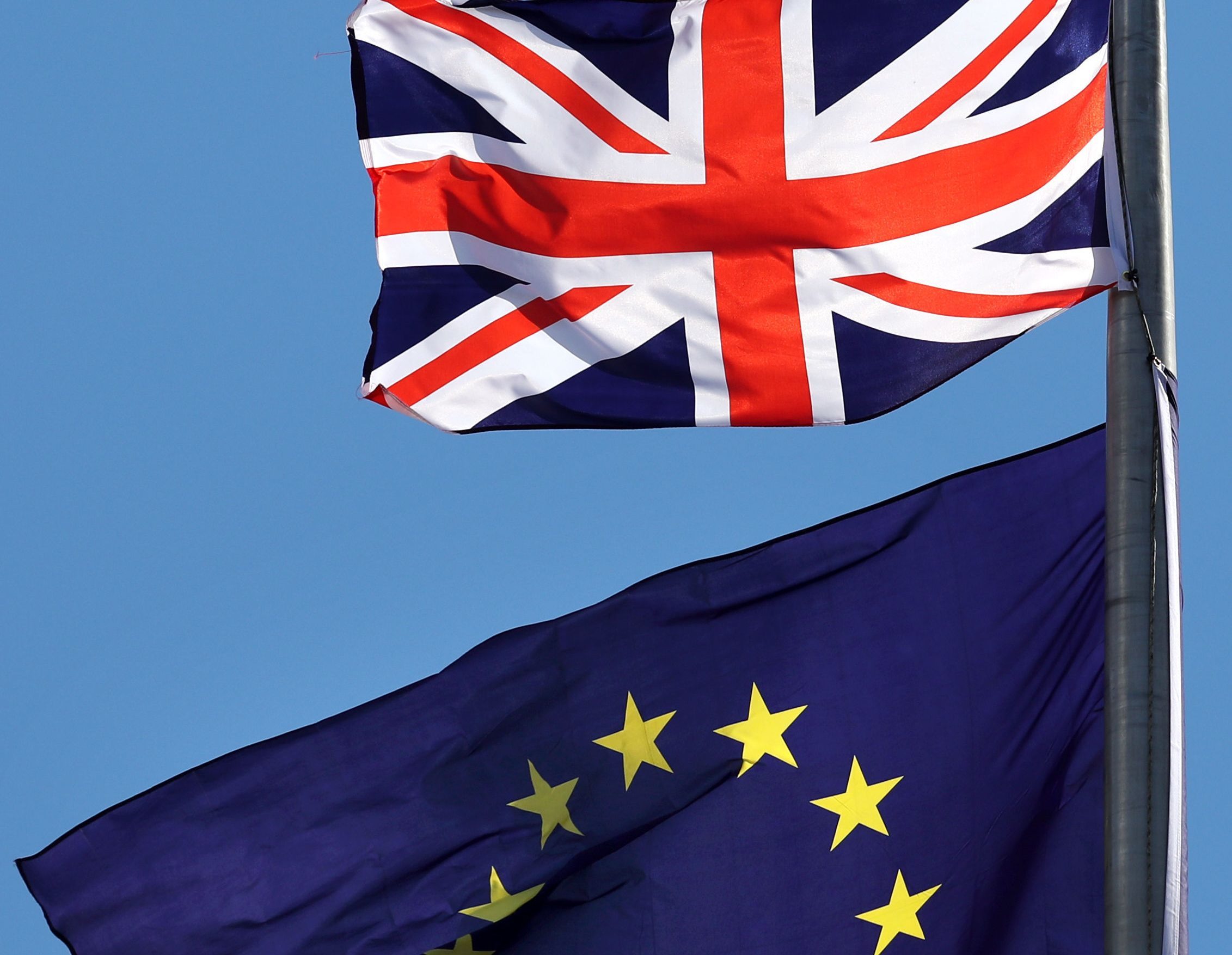
COUNCILS will need billions of pounds in regional aid to replace EU regeneration funding after Brexit, local authority leaders have said.
A report by the Local Government Association (LGA) stated that proposals to create a UK Shared Prosperity Fund to take over the financial assistance from Brussels so far lacked detail.
The LGA insisted such funding is vital to create jobs, support small firms and boost infrastructure.
Local authorities said the successor scheme to the European Structural and Investment Funds (ESIF) needed to be of at least equivalent size to the £8.4 billion the LGA said regeneration projects had been set to receive between 2014 and 2020 from Brussels.
Council leaders said they did not want to replicate the mechanisms of the ESIF because of problems with bureaucracy and delays.
The LGA insisted the new funding body should be locally-driven.
The report stated: “Brexit provides an historic opportunity to give local areas greater say over how to target a new and simplified regional aid fund at local projects of benefit for local people and economies, and best support infrastructure, environment, enterprise and social cohesion.”
Councillor Kevin Bentley, of the LGA, said: “Since the referendum, one of the biggest concerns for councils has been the future of vital EU regeneration funding. Councils have used EU funds to help new businesses start up, create thousands of new jobs, roll out broadband and build new roads and bridges.
“Securing a government commitment around this vital regeneration funding has been an important step. To further its devolution commitments, we want to work with the Government to help develop a fully-funded and locally-driven successor scheme with local government in areas of all types.
“Current EU funding is allocated over a seven-year period. This long-term distribution must be maintained to allow for long-term planning. Funding must be easier to access and local areas need full control over how it is spent and what projects it is spent on.
“With national funding for regeneration increasingly being depleted, all local areas have become increasingly reliant on EU money and local areas are desperate to get on with creating jobs, building infrastructure and boosting growth.”

Enjoy the convenience of having The Sunday Post delivered as a digital ePaper straight to your smartphone, tablet or computer.
Subscribe for only £5.49 a month and enjoy all the benefits of the printed paper as a digital replica.
Subscribe